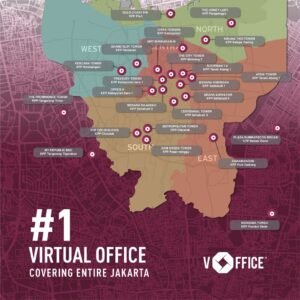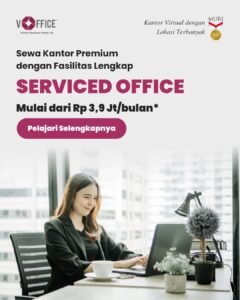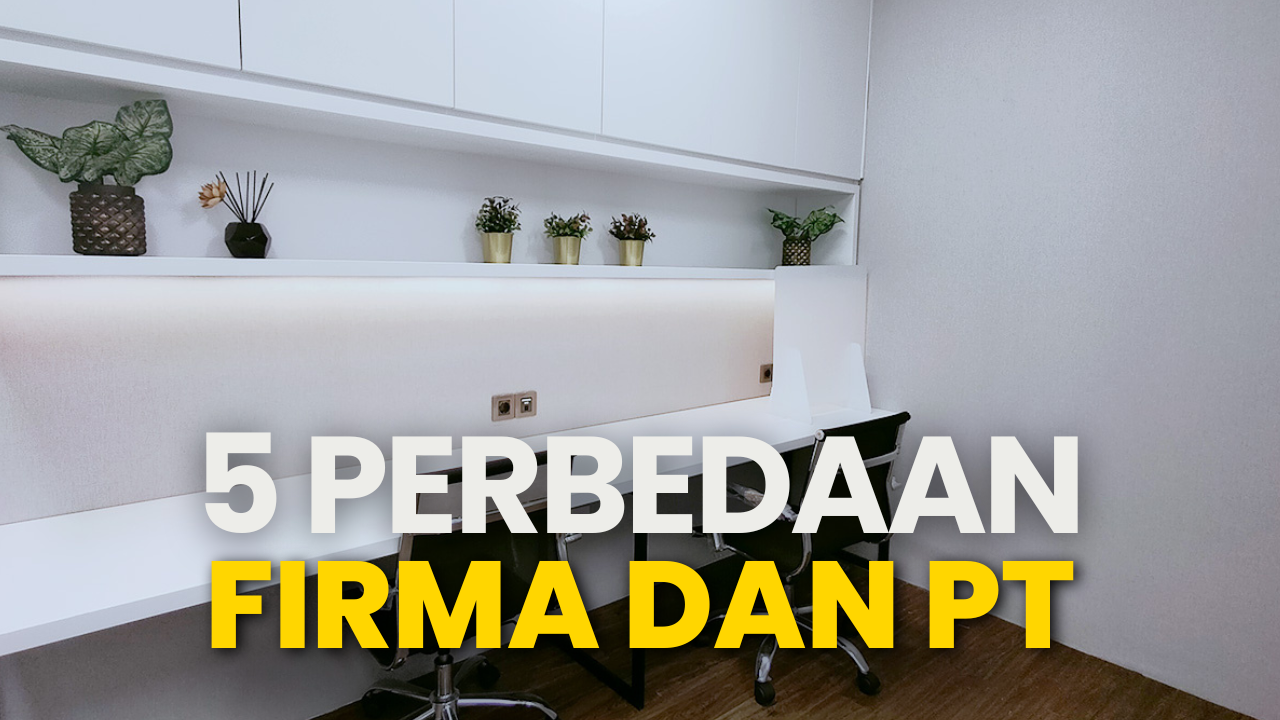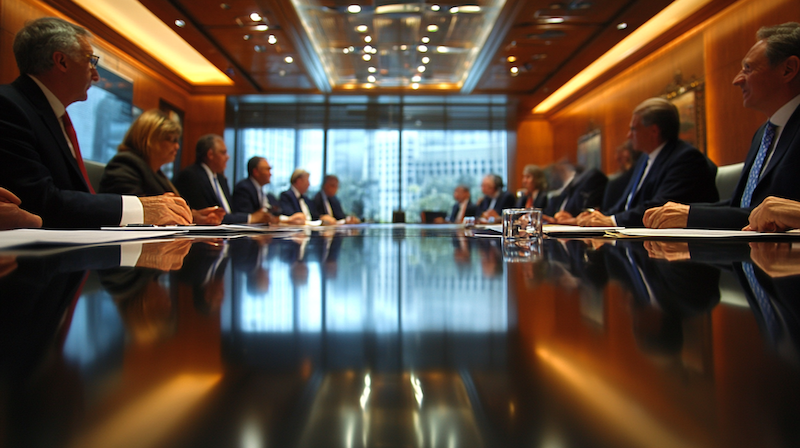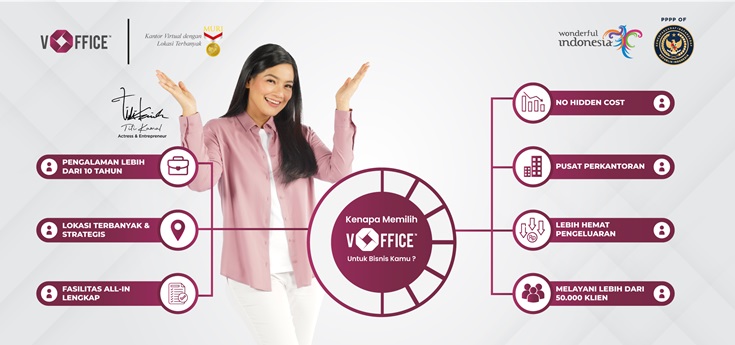Minimalist office buildings are becoming increasingly popular choices for companies seeking functional yet aesthetic workspaces. In this article, we will explore the concept of minimalist office buildings, their benefits, suitable interior designs, appropriate building materials, tips for choosing contractors, case studies, current trends, and ways to overcome challenges in constructing minimalist office buildings.
Understanding Minimalist Office Buildings
Minimalist office buildings are office buildings designed with minimalist concepts, focusing on efficient space utilization and clean, modern appearance.
Also read: 5 Minimalist Office Design Inspirations, Comfortable and Aesthetic!
Advantages of Minimalist Office Buildings
Space Efficiency
Minimalist office buildings maximize space utilization, reduce vacancy, and allow for more work areas within the same area.
Lower Costs
With efficient space utilization and proper material selection, the construction and operational costs of minimalist office buildings tend to be lower.
Modern and Professional Appearance
Minimalist design provides a modern and professional impression, enhancing the company’s image in the eyes of employees and clients.
Also Read: 7 Must-Have Office Facilities for Work
Interior Design for Minimalist Office Buildings
Choosing the Right Colors
Neutral colors such as white, gray, and cream are often used to create a sense of spaciousness and cleanliness.
Utilizing Multifunctional Furniture
Furniture that can serve multiple purposes, such as folding desks or adjustable shelves, helps optimize space.
Optimal Lighting
Good natural and artificial lighting is key to creating a comfortable and productive work environment.
Also Read: Make it Comfortable, Check out Office Space Arrangement Tips
Building Materials for Minimalist Office Buildings
Environmentally Friendly Material Choices
Materials such as bamboo or recycled paper can be used to support the company’s environmental awareness.
High Durability Materials
Despite being minimalist, office buildings need to use strong and durable building materials to ensure building safety and stability.
Aesthetic Factors
Choosing materials with textures and colors that align with the minimalist concept can enhance the building’s aesthetics.
Also Read: 5 Differences Between Virtual Office and Regular Office
Tips for Choosing a Minimalist Office Building Contractor
Experience and Reputation
Choose a contractor with experience in building minimalist office buildings and a good reputation.
Past Project Portfolio
Check the contractor’s project portfolio to ensure they have experience in handling similar projects.
Communication Skills
Good communication between the contractor and the client is essential to ensure project success.
Also Read: Top 22 Office Buildings in Jakarta, Luxurious and Strategic!
Current Trends in Minimalist Office Building Design
Technology Utilization
Advanced technology such as IoT (Internet of Things) is used to enhance energy efficiency and employee comfort.
Workspace Flexibility
Minimalist office buildings are designed to provide flexibility in space utilization, allowing for quick adaptation to changing company needs.
Employee Comfort and Well-being
Office designs that prioritize employee comfort and well-being increase productivity and loyalty.
Also read: Modern Office Building: Characteristics and Tips
Overcoming Challenges in Constructing Minimalist Office Buildings
- – Space Limitations
- Thorough planning is required to overcome limitations in available land space.
- – Environmental Suitability
- Consider surrounding environmental aspects when designing minimalist office buildings to minimize negative impacts.
- – Thorough Planning
- Thorough planning from the beginning of the project to implementation is key to the success of constructing minimalist office buildings.
Also read: Looking to Rent a Daily Office in Jakarta? vOffice Has the Solution!
Minimalist office buildings combine space efficiency with modern aesthetics, making them an attractive choice for companies prioritizing functionality and appearance. With the right interior design, appropriate material selection, and thorough planning, minimalist office buildings can be a profitable investment for the company’s future.
To make it easier for you, there are now many options for renting minimalist offices with complete facilities. vOffice is a trusted provider of minimalist offices.
Explore various strategic locations for office space/serviced office rental in Indonesia on the following page:
- Office Space for Rent in Jakarta
- Office Space for Rent in Tangerang
- Office Space for Rent in Bali
- Office Space for Rent in Surabaya
- Office Space for Rent in Bekasi
- Office Space for Rent in Cibubur
- Office Space for Rent in Medan
What are you waiting for? Contact us now and get various attractive offers!
[contact-form-7 id=”f1aa646″ title=”Contact Form Blog_EN”]
FAQs
What is meant by minimalist office building?
A minimalist office building is an office building designed with a minimalist concept, prioritizing efficient space utilization and a clean, modern appearance.
What are the main benefits of constructing minimalist office buildings?
Some main benefits of constructing minimalist office buildings include maximum space efficiency, lower costs, and a modern and professional appearance.
How to choose a contractor for a minimalist office building project?
To choose the right contractor, pay attention to their experience and reputation in building minimalist office buildings, check their past project portfolio, and ensure their communication skills.
What are suitable building materials for minimalist office buildings?
Suitable building materials for minimalist office buildings are environmentally friendly, have high durability, and align with the minimalist concept, such as bamboo, glass, or metal.
How to overcome space limitations in constructing minimalist office buildings?
To overcome space limitations, thorough planning is essential. This includes selecting efficient designs, using multifunctional furniture, and considering workspace flexibility.



